Avola, the grand canyon of Sicily
- Rosalba Mancuso
- 21 giu 2017
- Tempo di lettura: 9 min
My dear traveller, after discussing about the famous wine Nero D’Avola, I want to talk about the town where this wine is made, namely Avola. This is also a very beautiful destination to spend your vacation in Sicily. Avola is a sea village nestled in the South East of Sicily, in the province of Syracuse. The mayor of this city defined it as the Pearl of the Ionian Sea. I visited this town several times during summer, because I and my husband love the sandy beaches and the crystal waters of this portion of Sicilian sea. I don’t know if Avola is really the pearl of the Ionian sea , surely it is the main gateway to visit the nearby baroque city of Noto , the Greek chief town of Syracuse and two stunning natural reserves such as Vendicari ( just next to Noto) and the natural reserve of Cavagrande del Cassibile. To let you appreciate this destination, I provided tourist complete information in the following paragraphs.
Main features of Avola
Avola stretches to the coast, in the South of Syracuse, along one of the most ancient Greek routes of Sicily: The Elorina road. The area of the town is an awesome jewel of cultural and environmental attractions. The baroques streets start just from the great main square Umberto I, in the historical centre, once called Piazza Maggiore, which has a wonderful hexagonal shape. From here, you can access to the natural reserves I mentioned above. The lowland of Avola is placed in an extraordinary landscape included between the Ionian sea the mounts Iblei, that is a great shoreline with sandy beaches and the fresh scent of the Iblei mountains, in the North Western side of the coast. The typical weather coming from this favourable position allowed to grow sugar cane, grapes, almonds and lemons which provide the most famous Sicilian products exported all over the world, among these, Nero D’Avola wine and Avola’s Almonds. Since I have already discussed about Nero D’Avola, I wanted to dedicate some words to the fabulous and tasty Avola Almond. Unlike other almonds coming from other countries in the world, this fruit is very important and useful for your health because grown in a sunny soil that can provide fundamental minerals and antioxidants. Other foreign almonds have not these properties. Just another thought: as a passionate Sicilian woman, I love eating only Sicilian almonds of Avola. There are three kinds of almonds in Avola: Pizzuta, Romana and Fascionello. The first is the most known in the world, it is the most perfect among all of the three varieties , with unchallenged shape and taste, Leonardo Sciascia, an acclaimed Sicilian writer, defined it as the perfect oval almond. It is called Pizzuta for its elliptic and pointed shape. Romana is tastier than Pizzuta, but it is less known and exported because of its irregular shape. Fascionello is a tasteful combination between the two previous varieties. The almonds of Avola are used to prepare Sicilian pastries, cakes, biscuits, dragees, nougat, delicious almond milk and almond granite.
What to see
In the historical centre of Avola, you can see the municipal theatre, many baroque churches, the museum, the ancient laboratory to produce olive oil and the ruins of the old Avola. The latter is the area where the ancient Sicans established their settlements. In the past centuries there was a castle with two towers to guard Cassibile river and Capo Passero. The old Avola was destroyed during the earthquake of 1693. The place was sad and solitary and in 1729 a father of the convent of the Capuchins ordered to build a hermitage. Along the pathway toward this ancient site, there bends and grottos, also. Here, archaeologists found the most ancient coins
of the Greek age. Just on the seafront of the town you can admire a Roman Ville and a prehistoric limestone structure called Dolmen ( see the image). About the baroque churches, many of them were renewed in the early years of the past century following the architectural rules of the Liberty style. Among them, the most interesting to visit is SS Annunziata Church, with frescoes on the facades and made with the precious stone of Noto. For its charm and architectural style this church has been included in the world heritage by Unesco. However, I believe that in Noto, you can admire other interesting baroque churches, palaces and alleys. Admittedly, when I go to Avola, I go only to see the beaches, for shopping and to hike the mesmerizing pathways of the natural reserve of Cava Grande del Cassibile. For this reason, I believe you should also read the following paragraphs about the beaches and the natural reserve.
Beaches
There are four fabulous beaches in Avola: Lido di Avola, Pantanello, Ferro di Cavallo and Gallina. These beaches witnessed the passage of the Greeks and the battles between The Atenians and the Syracusanes. The first three are beautiful sandy beaches which are always crowded in summer, even though they are less crowded than San Vito Lo Capo . Washed by crystal waters with a seabed dropping slowly offshore, these beaches are suitable for children. Lido di Avola is also outfitted with many facilities, bar, bathhouse and summerhouses, while the others have also free zones. The beach of Gallina extends completely inside a natural reserve, about 20 km from Noto. It is a stunning beach of 500 meters, with a golden sandy shoreline washed by extraordinary, crystal, clear, waters. What makes this beach unique is the natural landscape where it is embedded, because is surrounded by a great pinewood which protects a picturesque chain of dunes enclosed among high cliffs with grottos and natural arches. On the beaches of Avola, you can also find the round terrace, a sort of round platform where in the fabulous fifities, at night, singers and dancers gathered to give their homage to the Sicilian summer.
Natural reserve Cavagrande del Cassibile
This natural reserve is considered the grand canyon of Sicily. That is a stunning natural landscape enclosed in the likewise fabulous landscape of the Iblei mounts, among the cities of Noto, Avola and Syracuse. The reserve extends for 2700,00 ha and in the past centuries it was a place which protected the Cassibile river, an ancient stream of waters that the Greeks called
It was just this ancient river which created the stunning landscape surrounded by gorges and grottos that gave the name to this reserve, namely: Cavagrande del Cassibile (Grand Canyon of Cassibile). The gorges created during the millennia have different deepness, the deepest is just in Avola, it is 507 meters deep and 1200 meters wide. Some of these gorges are very narrow. A long chain of ponds and waterfalls surround the bottom of this valley and gives shelter to many tourists looking for fresh air during the summer.
To access to the bottom of this valley, you must climb a picturesque natural stair called La Scala Cruci ( see the image. Photocredit Etnatracking.com). This is the most classic itinerary in this natural reserve. Scala Cruci is a very ancient pathway, you must hike it entirely and at last, you’ll reach a charming landscape surrounded by waterfalls, ponds and a lush vegetation. Here, the wonderful song of nature will draw you into an unforgettable experience and a dimension you ever lived. You must absolutely bath in the fresh waters of the natural pools offered by nature in this untouched Sicilian landscape. Unfortunately, in 2014, this natural reserve endured an awful fire and many pathways have been damaged. Even Scala Cruci is closed. The other pathways forbidden to tourists are Scala di Mastra Monna and Sentiero di Mezza. To visit the natural reserve, the unique pathway you can use is Carrubbella, Through this pathway, you can admire an unknown
place which is as evocative as the ponds: Timpa ca Tona ( thundering stone). The landscape turns out as a wonderful rocky valley with a pretty and green crystal ponds called uruvu tunnu (round pond). There are a lush foliage (see the image) and one among the most beautiful coloured varieties of dragonflies of Italy. To hike this pathway, you must use trekking shoes
. The pathway is opened from 8 a.m. to 19 p.m.
How to reach Avola
To reach Avola, if you land in Catania airport (that is only 80 kms away from Avola), you should take a taxi or a car which brings you to this city. The driver will follow the highway A18 for Messina- Catania and Syracuse. During the trip, I advise you keep the car window closed, because the highway that take you to Avola crosses also the towns of Augusta and Priolo, namely the ones where are oil refineries. Many of them have been closed over the years, but someone is still working and emits an annoying smell. Fortunately, Avola is protected from pollution and immersed in an untouched natural landscape. You must also pay attention during your car trip to reach Avola from Palermo. You would have the same problem if you came from Palermo airport. From here, the car trip would be expensive because the distance is over 200 kms. Anyway, if you come from Palermo, you must follow the highway A19 Palermo - Catania - Syracuse. You can reach Avola by train, also, from everywhere you are in Italy. Take a train to Syracuse with a further stop to Avola. To reach the natural reserve of Cavagrande from Avola, you must ride the provincial road A4 Avola-Manghisi, follow the directions to Cavagrande del Cassibile. The pathway winds through bends climbing in the hills of Avola Antica. After surpassing them, you’ll reach the fork leading to the main pathway of Scala Cruci. At the crossroads, instead of turning right (where the main pathway is closed), turn straight in the same provincial road for 1300 meters, Then, turn right toward the visible tourist notice. A small unfinished road will lead you in the trekking pathway. If you are lucky, you can find a free car park, otherwise you must use a paid parking. To book a flight to Catania or Palermo airport, see here . From the airport, you can also rent a car to reach Avola. You can book the car here

.
Avola hotels
The prices to stay in Avola goes from 50 to 85 euros per day. They can be higher in August. You can also book on the links below, where I selected the best hotels and accommodations in Avola for you.
If you want to find hotels near Avola beach, just in front of the sea, the prices to book these accommodations could be more expensive. To save money, I suggest that you book hotels in the town.
Recently, I visited Avola again and stayed at a hotel called "Merlino". I paid 40 euros per day in September. The hotel is a good option between the ones in the downtown and the ones near the beach. Hotel Merlino is, indeed, 750 meters away from the beach and one km from the center of the town. As soon as you entered the reception hall, you'll see a wood carved Sicilian carriage laid on a mosaic floor(see the image). That is a hotel managed by a delicious Sicilian family. The owners are very kind persons and the hotel is a good solution for a short vacation in Avola where you can enjoy the surroundings and the attractions I discussed in this article.
This very nice sea village has the mildest weather of Sicily in the summer. The rate of moisture is very low, even during the sunniest days. Air is not sticky and hot, but tolerable and dry. Here, you can sunbath without feel the annoying heat of the hot Sicilian summer. Sometimes, you can also enjoy a fresh breeze from the sea. This is just the weather which allowed to grow lemons and the famous almonds of Avola.
As I said, I love shopping in Avola. Here, you can visit a big shopping center called il Giardino ( The Garden) and enjoy many products made in Italy, from sunglasses to clothes.
This is the town you must absolutely visit in August. These are the months in which the main festivals of local products are held. In August, there are the tuna, almond, pigskin and sword fish festivals. The main protagonists of these festivals are the typical products of Avola that you can taste and eat in front of the local stands or in the local restaurants. The festival of Nero D’Avola wine is held in December, but often it has failed to be organized because of bad weather in the winter season.
There are 16 restaurants in Avola and four wine bars where you can taste the original Nero D’Avola wine. Surely, at the restaurants in Avola, you can find delicious Sicilian recipes with tuna, swordfish or pigskin. A famous recipe is the cavatieddi of cinghiale ( the cavatelli of pigskin) and, as a dessert, also a pastry with almonds. I advice you eat the impanati ( the breaded), the most typical dish in Avola. Stuffed with tuna, but also with flavoured vegetables, the impanati will tell you all of the beautiful history of this town. To find the best restaurants of Avola, click here.




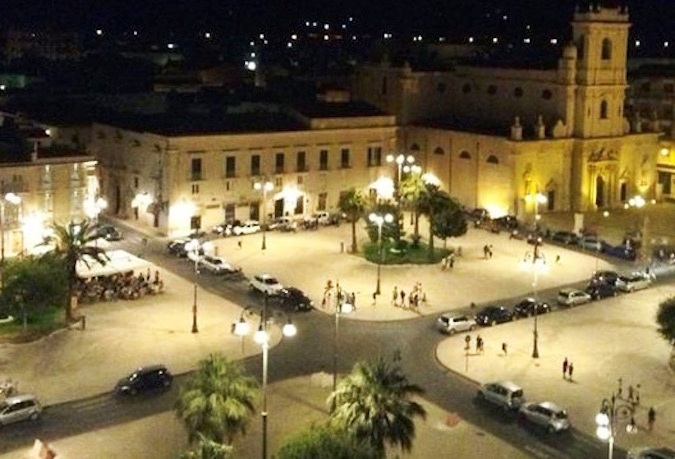
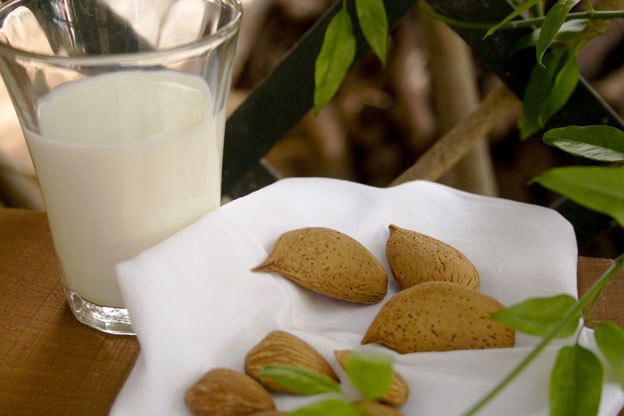
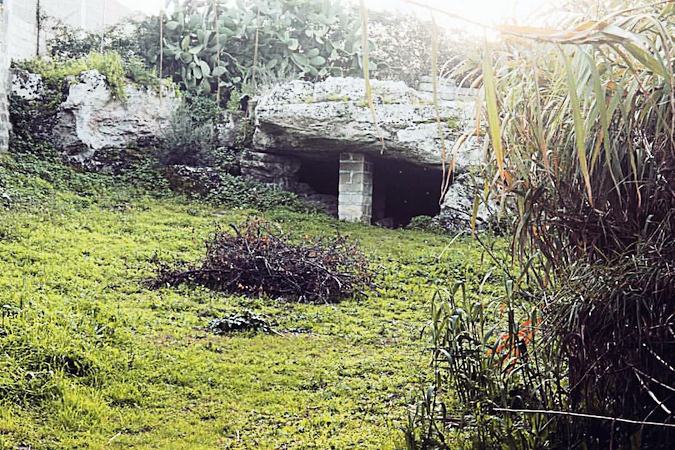


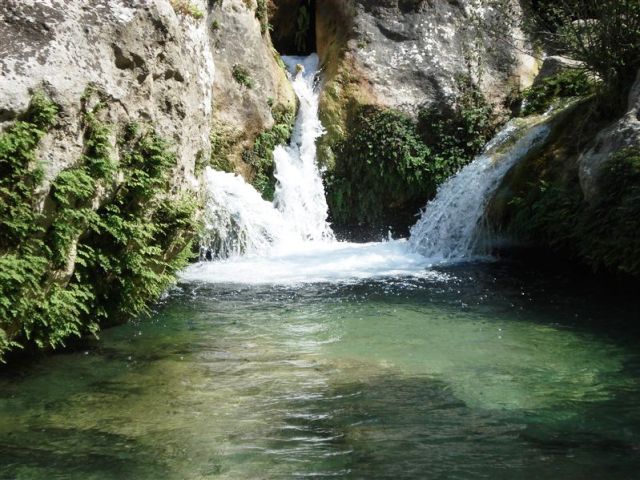
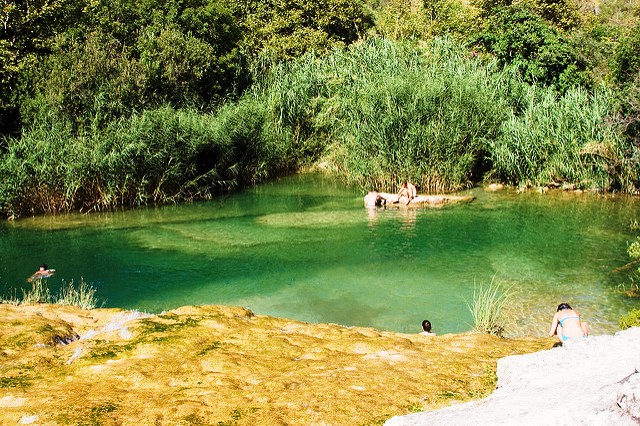
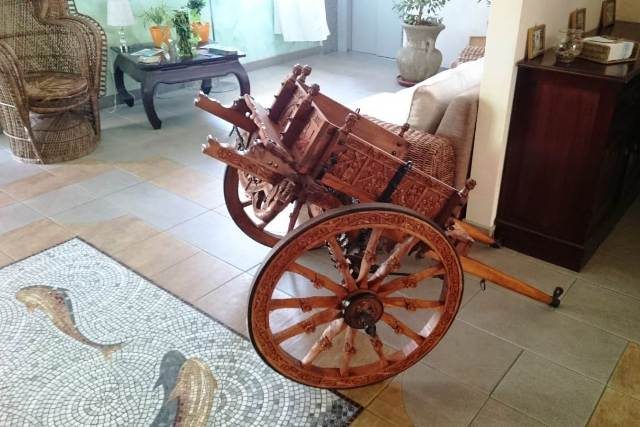

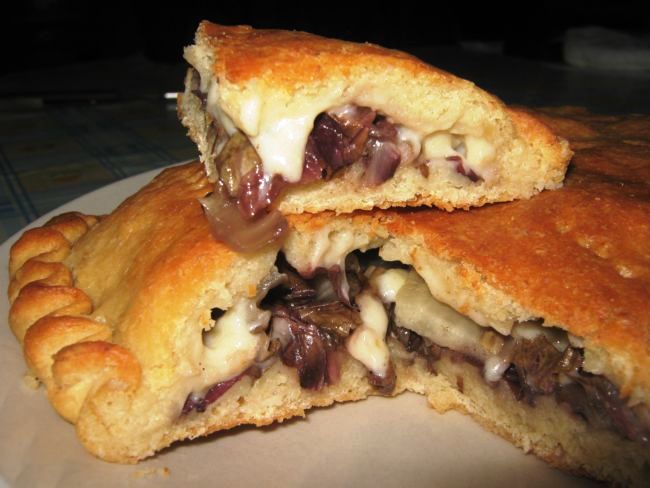



Commenti